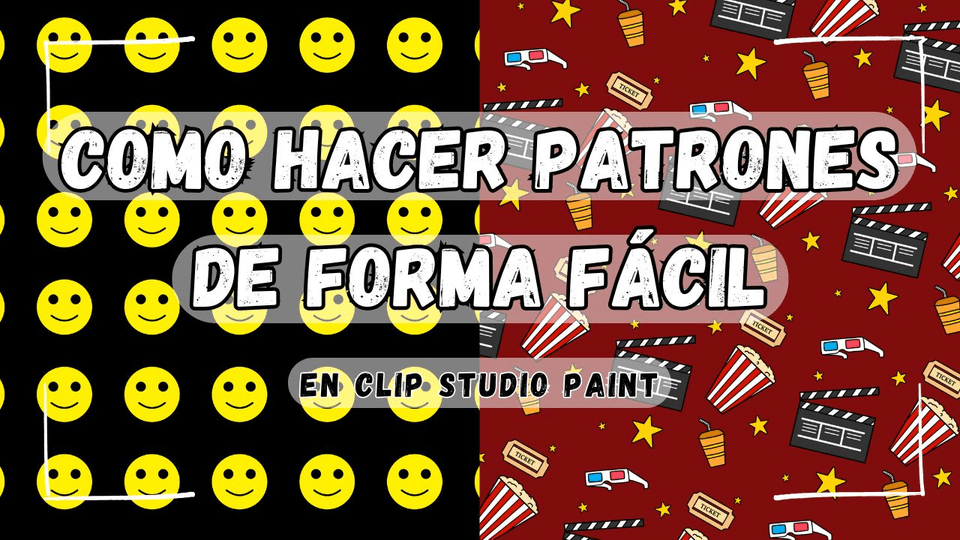Tips for Painting/Adjusting Watercolor Brushes
We will introduce in this article painting and adjustment methods for the new brushes (sub tools) installed in CLIP STUDIO PAINT Ver.1.8.6.
Note: If your device has been updated from Ver. 1.10.9 or earlier, your sub tool groups may be different.
For further details on the new sub tools, please refer to the following article.
This article also explains the settings for the [Tool Property] palette and the [Sub tool Detail] palette. If the palette is not visible, you can display it from the [Windows] menu.
Tools used in this article: [Brush] tool > [Watercolor] > [Round watercolor brush]
Painting evenly
The [Watercolor] group's sub tools layer colors with each stroke. However, you might want an even finish when laying down colors or painting subtle parts such as skin. In these cases, the following methods may be useful for an even application.
・Painting with a single stroke
If you paint without lifting the pen, the color will be even, as seen on the right circle.
If you paint with multiple strokes, the overlapping parts will become darker, as seen on the left circle.
・Change the [Blending Mode] of the brush to [Replace Alpha]
If you set the [Blending Mode] of the [Tool Property] to [Replace Alpha], the overlapping strokes will become uniform.
・Blend the colors with [Textured Blender]
Blend the colors with the [Blend] tool [Textured Blender] to reduce overlapping and uneven parts of colors painted with multiple shades.
Painting and layering light colors
The [Watercolor] group’s tools cannot overlap lighter shades on top of darker shades.
If you change the [Tool Property] palette’s [Blending Mode] to [Normal], you can cover with lighter shades.
Painting with dark colors
The [Watercolor] sub tools are set so you can build up pale colors to create darker colors.
Reducing the value of the [Tool Property] palette’s [Texture Density] darkens colors.
Unchecking [Velocity] in the [Opacity Dynamics] settings will darken the strokes, as the velocity of the pen does not affect the opacity of the brush.
Creating a natural color gradient
For a wet paint-like color gradient, we recommend dividing the layers and using [Clip to Layer Below].
Paint the base color and create a new layer above it. Then apply [Clip to Layer Below] to the new layer, and paint with another color using tools such as [Soft Bleed].
To draw everything on one layer (analog-like method), merge the layers after overlapping the color, with [Layer] menu > [Combine to Layer Below] (shortcut key [Ctrl] + [E]).
Note: [Clip to Layer Below] allows painting within the boundaries of the layer below. For detailed information, please refer to the following article.
Displaying a stroke’s edges clearly
All the sub tools of the [Watercolor] group emulate the edges of dry paint because they use the [Watercolor edge] setting. Adjust this setting according to your work style, canvas size, and brush size.
・Thickening edges
Increasing the [Tool Property] palette’s [Border of Watercolor] thickens the edges.
・Darkening edge colors
Increasing the [Tool Property] palette’s [Transparency Effect] darkens the edges.
Note:
The [Blender] > [Textured Blender] uses the [Watercolor edge] setting. Increasing the value creates bleeds effect similar to traditional drawing.
Changing the brush shape
You can create different art styles simply by changing the brush tip image.
Change the brush tip image from [Sub tool Detail] palette > [Brush Tip] category.
While no default tip image is set for the [Watercolor Brush], you can click on [Tip shape] > [Material] and click on the lower right icon to display a list of available materials.
Settings from the top: Brush Tip Shape: Circle (default)/Material: Real Pencil/Material: Brush/Material: Petit
Materials stored in the [Material] palette > [Image Material] > [Brush] or your original materials can be registered as a brush tip image. For more details, please see the following article.
Changing textures
By default the watercolor group's sub tools textures are set to [Drawing paper] or [Impasto]. These can be changed via the [Texture] setting in the [Tool Property] palette.
Note: Be aware that the texture disappears if the trash bin icon is pressed.
Keep the paper texture when printing
The [Watercolor] group's sub tools are set up for web use (72dpi). Increasing the [Scale Ratio] of the [Texture] settings is recommended for works meant to be printed.
Click on the “+” on the left side of the [Tool] palette’s [Texture Density] to display the [Scale Ratio]. The initial scale ratio is set to 28. However, we recommend a higher value of 50 or more for works meant for printing (350dpi).
Restoring or saving the brush settings
・Restoring settings
To restore the original settings, click on the [Revert settings of currently selected sub tool to initial settings] icon at the bottom of the [Tool Property] palette.
・Saving settings
To save the adjusted settings, click on the [Register all settings to initial settings] icon at the bottom of the [Sub Tool Detail] palette (EX/PRO only).
・Adding initial sub tools
If initial sub tools are deleted by mistake or got overwritten with [Register to initial settings], initial sub tools can be added with [Add initial sub tools] at the top left of the [Sub tool] palette.
Select the sub tool via the [Add initial sub tools] displayed window].
























Comment